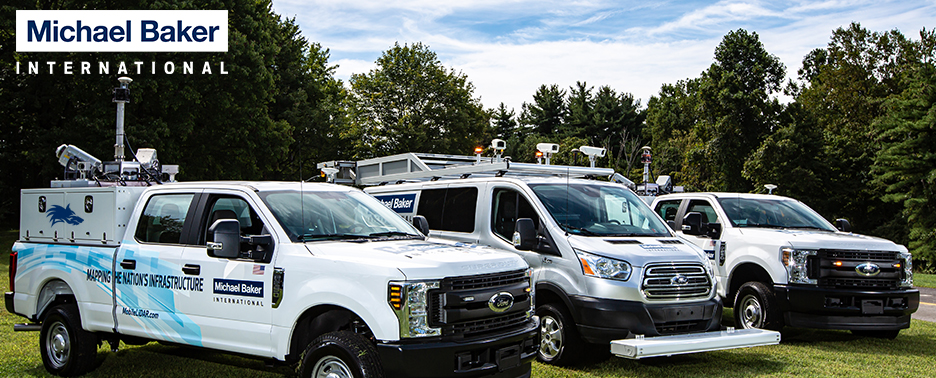With our busy schedules, and travels across the country, it’s easy to get caught up in the hoopla for the next scanning project, but it’s also important to take a moment and reflect on where we’ve been - or what we've seen and captured.
With over 56 scanning projects under our belt, which span the country from coast-to-coast, sometimes it takes a visual/audible cue to bring a particular collection back to the forefront of the mind. Such was the case last week while driving through the plains of Kansas and Nebraska, when I heard a radio advertisement for the new season of the Discovery Channel’s Storm Chasers television series.
 It’s hard to believe, but it’s been almost 6 months since we scanned the aftermath of a devastating EF4 tornado that tore through Yazoo City, MS, on its epic 149 mile path through two states. Our long-time followers may remember the original blog postings back in May, but in case you want to refresh your memory, or if you’re a new follower, Part 1, Part 2 & Part 3
It’s hard to believe, but it’s been almost 6 months since we scanned the aftermath of a devastating EF4 tornado that tore through Yazoo City, MS, on its epic 149 mile path through two states. Our long-time followers may remember the original blog postings back in May, but in case you want to refresh your memory, or if you’re a new follower, Part 1, Part 2 & Part 3The LiDAR data, along with the thousands of still images we captured in the aftermath, really tell the story of how destructive a tornado can be; but to really get a feel for the storm as it happened, make sure you tune into Wednesday (October 20th) night's episode (10:00 pm Eastern), or the myriad of re-broadcasts throughout the week, to watch video footage from the chase vehicle's perspective.
If you’re a fan of the show, you’ll recognize the TVN “Dominator” pictured here behind our system, along with the numerous support/chase vehicles that capture the show's footage.
- Aaron














